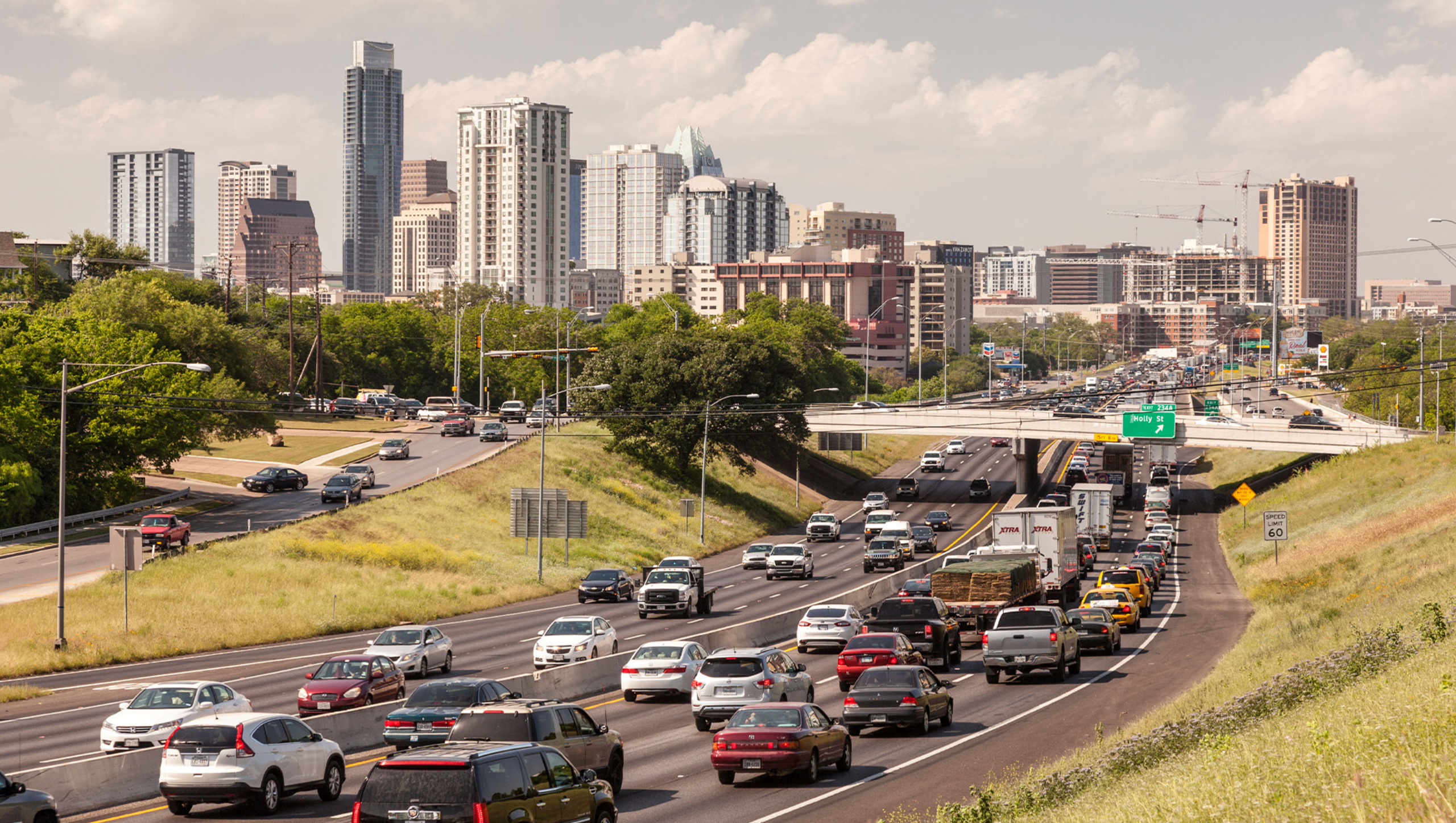
AUSTIN, Texas — Air pollution in Austin neighborhoods is linked to an increased rate of asthma-related trips to the emergency room (ER), especially in areas with a high proportion of Black and Latinx residents, according to a new study by researchers at Dell Medical School and the College of Natural Sciences at The University of Texas at Austin. The study, published in the American Journal of Respiratory and Critical Care Medicine, investigates how small differences in air pollution levels among neighborhoods in the five-county Austin metro area impact the frequency of asthma-related emergency care.
These findings come just weeks after the Environmental Protection Agency announced new, stricter limits on air quality standards in the U.S. The updated standards mean Austin now has higher-than-acceptable levels of fine particulate matter — tiny particles that can be inhaled into the lungs and cause breathing problems.
It’s well established that a day of bad air quality carries a risk of worsening asthma symptoms. This study breaks new ground by examining whether higher long-term trends in air pollution in some Austin neighborhoods set those areas apart from less polluted neighborhoods in the rate of asthma-related ER visits among those living there. This particularly affects Black and Latinx people, as neighborhoods with higher air pollution also tend to have a greater share of residents of color. Researchers found that despite relatively low air pollution levels within the Austin metro area, there was a significant linkage between ER visits triggered by asthma symptoms and higher pollution areas.
“We are exploring the connections between the neighborhood environment and lung health so that people can understand the risks they face when they live in places with consistently poor air quality,” said Sarah Chambliss, lead author of the study and a research associate in the Department of Population Health at Dell Med. “But beyond understanding personal risks, this is also a critical piece to the puzzle of why Black and Latinx Austinites suffer a greater burden of asthma. We know the placement of highways and industry in East Austin contributes to greater local air pollution, and this research points to the consequences that may have for racial and ethnic health disparities.”
Key findings from the study:
- Association Between Air Pollution & Asthma-Related ER Visits: Researchers found significant associations between census tract-level rates of asthma-related ER visits and average concentrations of multiple types of air pollution (fine particulate matter, coarse particulate matter, and sulfur dioxide) that come from a mix of urban sources, including diesel exhaust, road dust, manufacturing and landfills. These local sources are connected to more ER visits for asthma.
- Disparities in Exposure to Air Pollution: Neighborhoods with higher levels of air pollution tend to have a higher proportion of Black or Latinx residents, and those groups were found to be exposed to higher concentrations of air pollutants than white residents were, indicating environmental inequities in urban areas.
- Connecting Air Pollution With Health Disparities: Adding air pollution to statistical models reduces race- and ethnicity-related asthma disparities by up to 32%, indicating that pollution exposure may account for the higher number of asthma-related ER visits, especially in neighborhoods with a greater percentage of residents of color.
“These findings underscore the urgent need for targeted interventions to mitigate pollution in neighborhoods with higher asthma burdens, especially where Black and Latinx people live,” said Elizabeth Matsui, M.D., co-author of the study, a professor of population health and pediatrics, and director of the Center for Health & Environment: Education & Research at Dell Med. “By understanding the role of specific urban pollution sources, we can better address the underlying environmental injustices contributing to asthma disparities.”
The study’s insights pave the way for more informed public health decision-making and underscore the importance of addressing environmental disparities to promote health equity within urban communities.